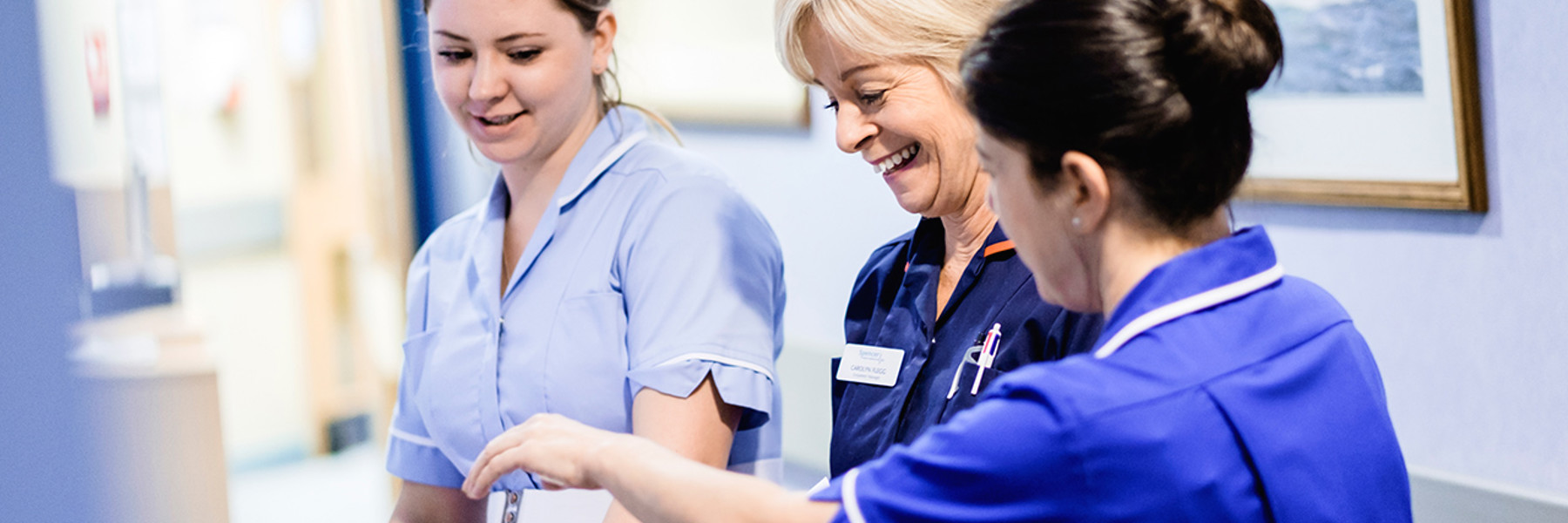Inguinal (Open) Hernia Repair
A hernia occurs when there are weak spots in the abdominal wall or other muscles that allows for your internal organs and intestines to push through.
What is an inguinal hernia?
An inguinal hernia is the most common type of hernia; it can appear as a swelling or lump in your groin, or as an enlarged scrotum (the pouch that contains the testicles). The swelling caused by this may be painful. The lump will often appear when you are lifting something and will disappear when you lie down.
When surgery is needed?
Surgery is used when an inguinal hernia bulge needs to be pushed back into place and the abdominal wall needs to be strengthened where it was become weak to prevent another hernia forming.
An operation is recommended if the hernia is causing pain, severe or persistent symptoms, or if any serious complications develop.
These Complications can include:
- Obstruction- where a section of bowel can become stuck in the inguinal canal, causing nausea, vomiting and stomach pain, as well as a painful lump in the groin area.
- Strangulation- where a section of bowel becomes trapped and the blood supply is cut off; this will require emergency surgery within hours to release the trapped tissue and restore its blood supply, so it doesn’t die.
Open Surgery
Open inguinal hernia repair is often carried out under local anaesthetic or a regional anaesthetic, which is injected into the spine, this means that you will be awake during the procedure; the area will be numbed so you will not feel any pain. In some cases, a general anaesthetic is used. This means that during the produce you will be asleep and will not feel any pain. The type of anaesthetic used will be agreed following a discussion between patient and anaesthetist.
After the anaesthetic has taken effect and you are fully numb, the surgeon will make a single incision over the hernia. This incision is usually between 6-8cm long. The surgeon will then place the lump of fatty tissue or the loop of bowel back into your abdomen (tummy).
A mesh will then be placed in the abdominal wall, at the weak spot where the hernia came through, in order to strengthen the area.
When the full repair is complete, your skin will be sealed with stitches. These stitches will usually dissolve on their own over the course of the few days following the operation.
If you have suffered from any of the complications above and the hernia has become strangulated or trapped and part of the bowel is damaged, the effected segment may need to be removed and the ends of the healthy bowel re-joined. This operation is bigger and may require you to stay in hospital for 4-5 days.
Recovering from the procedure
Following the procedure, you should be able to go home on the day of, or the day after. You will need an adult to take you home in a car or taxi, as you are advised not to drive, and follow the instructions given to you by the hospital.
You will feel groin pain and discomfort after the operation; you will be given painkillers to help relieve this discomfort.
An adult must stay with you for the first 24 hours after your operation in case you experience any problems. If the pain continues after you have left the hospital, continue to take the painkillers advised. It is also advised that you apply gentle pressure to the wound with your hand or a small pillow to make coughing, sneezing and moving between sitting and standing more comfortable. It is important you follow the instructions your nurse gave you about caring for your wound, hygiene and bathing.
It is also important to reduce constipation by eating high fibre foods such as brown rice and wholemeal bread, as well as lots of fruit, vegetables and fluids to prevent straining when you use the toilet as this can cause pain around the wound.
If you had general anaesthetic, it is advised that you avoid drinking alcohol, signing legal documents and operating machinery for 48 hours as your judgement may be impaired.
In time, you can return to your normal activities as soon as you can do them without pain. Gentle exercise such as light walking can help the healing process. You should avoid heavy lifting and strenuous activities for about four to six weeks.
